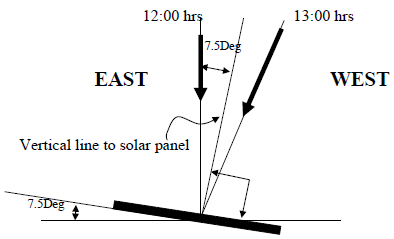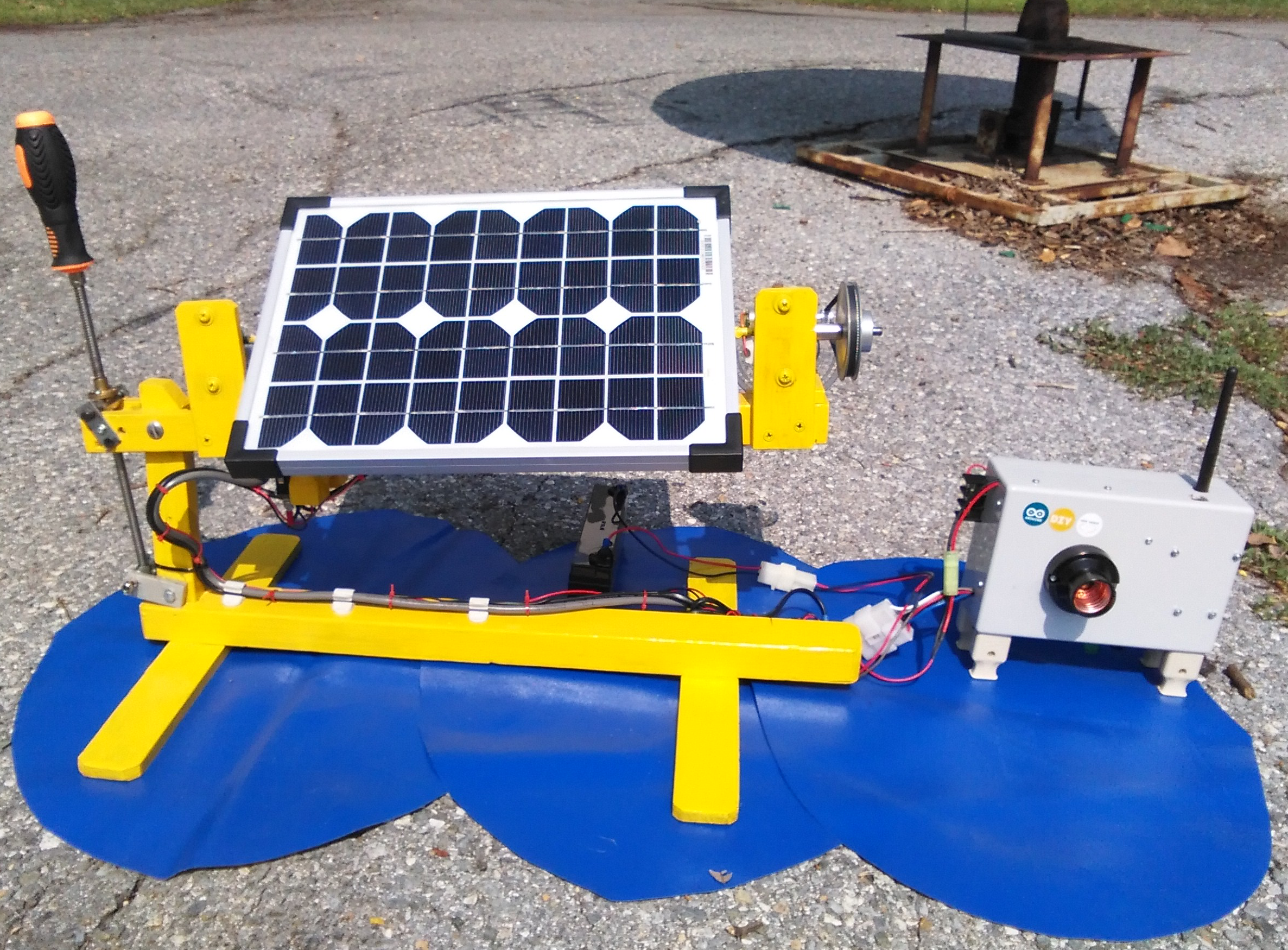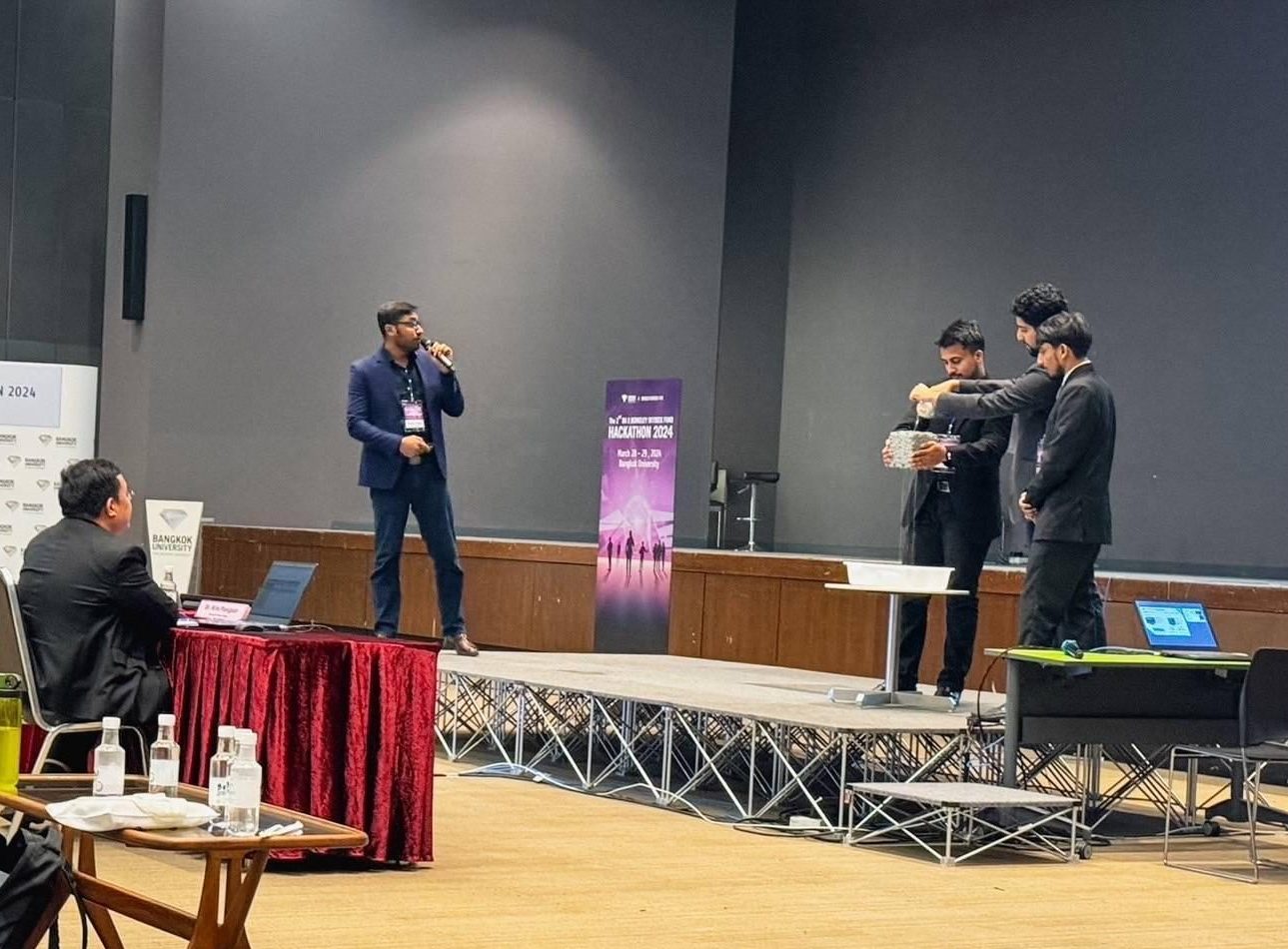Su Kyi received a Master’s degree in telecommunication from the Asian Institute of Technology (AIT) in 2017. She worked as a Senior Associate Hardware Engineer at Frontiir Co., Ltd, Myanmar. After working for over two years, she decided to pursue Ph.D. degree in Internet of Things System Engineering at AIT.
If a problem occurs, going to the place where the solar panel is assembled, and checking may not be convenient. It is, therefore, important to monitor the entire system from one location so the responsible person can get to know if there is an emergency and if any necessary safety actions can be taken immediately. Some of the actions are remote configurations, enabling a remote operation, and remote cutoff battery power to the DC-DC converter and motor.

Not only wireless sensing of a solar Photovoltaic (PV) system but also a PV design with the new 7.5-degree advanced tracking method is performed in our study. Wireless sensing is an excellent approach for a remotely operated solar power system. To absorb the maximum energy of solar cells, it needs to track the Sun with proper angles. Arduino, H-bridge motor driver circuit, and Direct Current (DC) motor are used to alter the tilt angle of the solar PV panel following the Sun while the azimuth and the elevation angles are fixed at noon as shown in Fig. 1. Unlike the traditional approaches, our system applies hourly step tracking. The solar PV panel is tilted 7.5 degrees in advance of a specific hour to the west to produce more output power during that hour.

The main focus is not only for wireless sensing but also for sending control codes to change the tilt angle in either automatic or manual modes. In automatic mode, it will turn 7.5 degrees in advance of the current time every hour (08:00-16:00 hrs. to DUSK direction) to have more output power as shown in Fig. 2. Overall, the capabilities of the system include continuous and remote monitoring, remotely configuring, remotely disabling battery power to DC-DC converter and motor. In addition, the system includes visual alerts at the remote user’s computer using the Processing software as shown in Fig. 3. Moreover, a Compact Fluorescent Lamp (CFL) is used as a night lamp for inspection of the remote units at night.


Two scenarios are included in ZigBee-based wireless sensing for a solar power system. The comparative experiments between the fixed PV and the dual-axis tracking PV with 7.5-degree advanced tracking method are carried out with one stand-alone solar-powered CFL lighting system. The corresponding parameters are monitored for each scenario. Our system tries to retrieve more power along the same time span as the fixed tracking system throughout the day even in poor weather conditions as illustrated in Fig. 4.

It is a low-power consumption and cost-effective solar PV wireless sensing system using Zigbee technology. The power harvested from the solar PV panel is sufficient for the self-usage of the remote unit. The GUI is used to monitor real-time voltages, currents, and the state of the PV system. In conclusion, the system is effective in terms of performance, cost, and power consumption. The details can be read in my open-access published paper in the journal of Digital Communications and Networks, entitled “Wireless sensing for a solar power system.”
Su Kyi’s dissertation is related to her master’s research. Her dissertation is about forecasting multivariate very short-term time series solar power and its error bounds by using the Internet of Things (IoT) and machine learning. It is a sort of extending my master’s research to perform forecasting solar power using IoT and machine learning. The knowledge and experience from my Master’s study, i.e., wireless sensing for a solar power system will intelligently enhanced in my current research.
About Digital Communications and Networks
Digital Communications and Networks publishes rigorously peer-reviewed, high-quality original articles and authoritative reviews that focus on communication systems and networks. All articles are published fully Open Access on ScienceDirect. The journal is indexed by Science Citation Index Expanded (SCIE) and Scopus.
More info: https://www.sciencedirect.com/journal/digital-communications-and-networks








